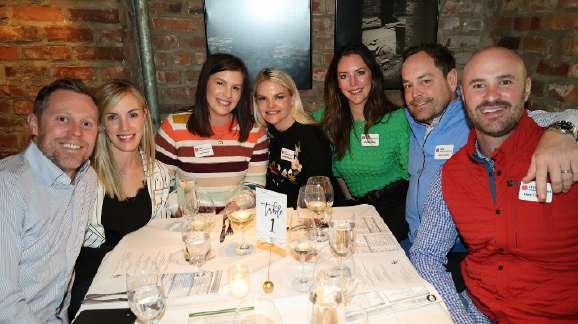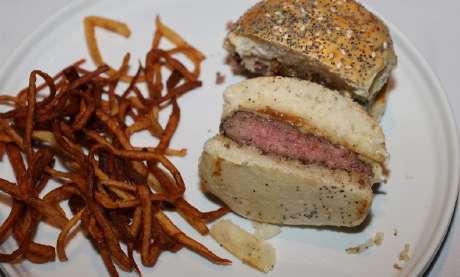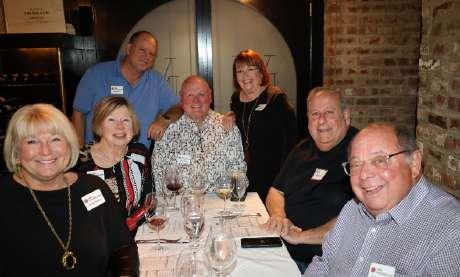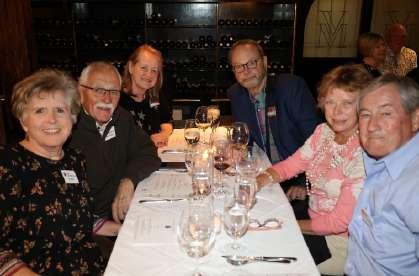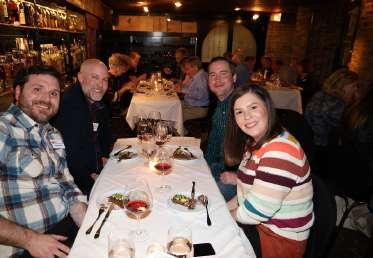
2 minute read
Event Report: Using the Sommelier Grid to Blind Taste.
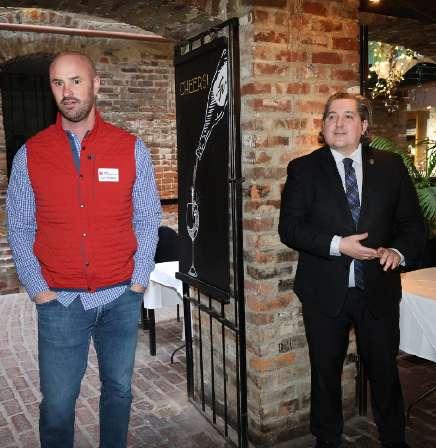
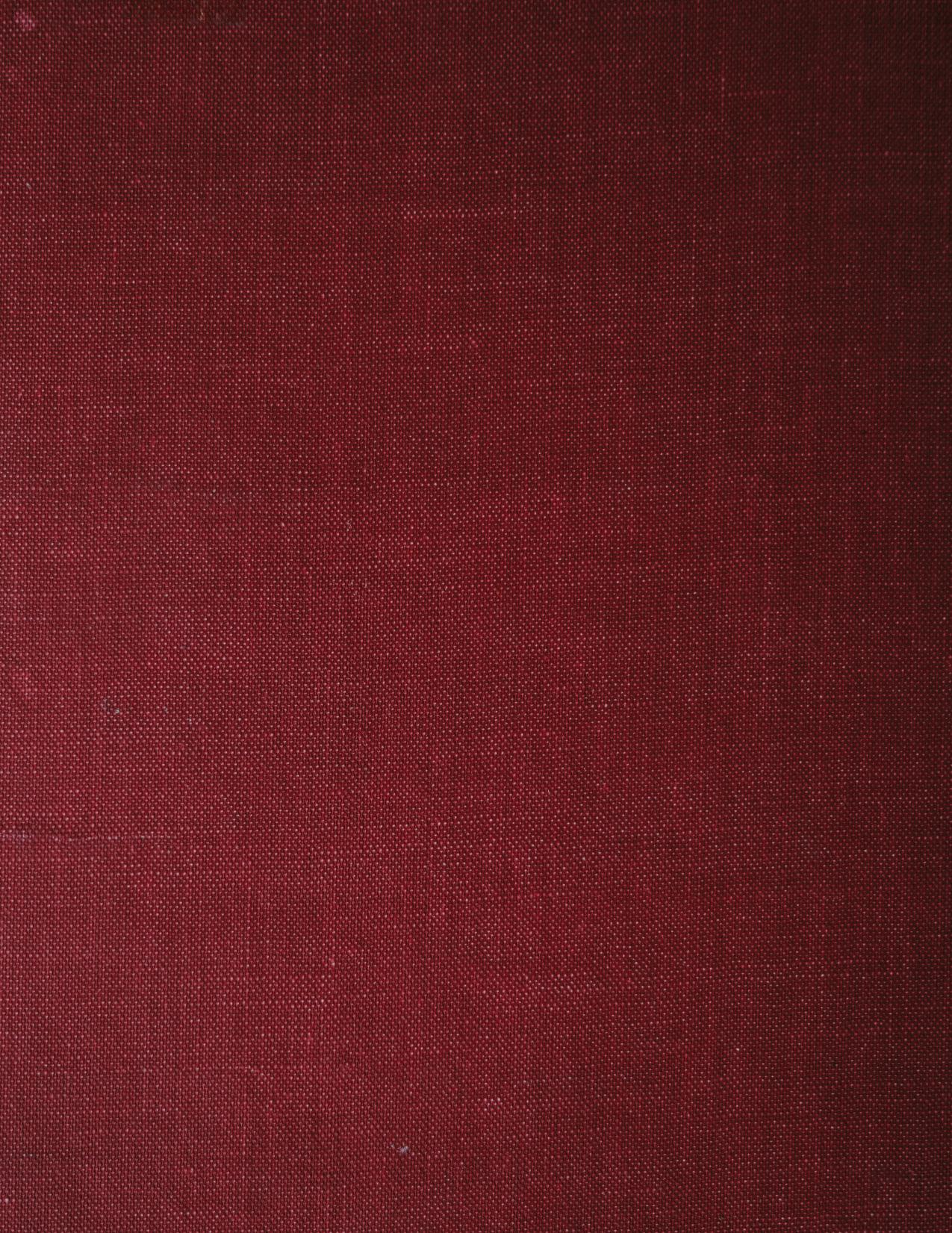
Written by Tom Murnan, Photos by Tom Murnan.
You came to the right event if you wanted to find out the method professional sommeliers use to identify a wine in a blind wine tasting. Third level Sommelier Matthew Brown was our guide. We were provided with The Court of Master Sommeliers Americas Deductive Tasting Method Format handout as well as their Advanced Sommelier-Level Red and White Wine Grape Varieties & Regions handout which I will send as an attachment to the Gazette email. The professional candidates have to check every box in the format page when doing an assessment.
We sat down for our blind tasting. All our four blind-served wines were from classic areas, all red, all from the Branch cellar. Matt told us to look for characteristics that jump out. Some of Matt’s rules: 1. Don’t be afraid of being wrong. The more you analyze in an organized way, the better you get. You have good tasting days, but you will also have bad days where you can’t identify anything. You may be lucky or unlucky. Just keep trying. 2. Be honest with yourself. 3. The Method Format chart has three main sections.
Sight On red wines, can you see through it? If so, it gives you clues to the grape varietal. Is this a thin skinned grape , like Pinot Noir, Gamay, Grenache, Sangiovese, or Nebbiolo? You can’t see through the glass? Then you have a thick skinned grape like Cabernet Sauvignon, Malbec, Syrah, Merlot or Zinfandel. Look for clarity, color, secondary colors and extract, for example.
Nose Is the smell clean or faulty (man-made chemicals)? Intense, delicate, or powerful? Fruity, like White Fruits of citrus, apple, pear, stone, tropical, melon? Or Dark Fruits that are red, black or blue? Non-Fruits aromas like floral, vegetal, herbal, spicy, animal, barn, petrol? Earthy , like forest floor, mushroom, compost, potting soil? Mineral , such as wet stone, limestone, chalk, slate or flint?
Palate How much tannin, acid or alcohol? Is the body light, medium or full? Is the Texture creamy, round, or lean? Is the wine Balanced or off balance? Is the Finish bitter? It might be Italian or French. Is the finish fruity and alcoholic? It might be Napa Valley. Is it New World or Old World? Old World wines are more austere.
All was revealed at the end. No one got all 4 wines correct. Joe Goldstein was the only one who got number 4 correct. Yea Joe! 1.
Matt analyzed number 4, the Barbaresco. SIGHT Red ruby core, transparent in the middle, some pink, no gas, viscosity medium. NOSE clean, developing, fruits red and black, stewed black plum and dried cranberry. Savory tone, dill and toasted coconut- vanilla (new American oak), red clay. PALATE dry, full bodied, medium acid & tannin balanced towards sweeter, alcoholic. Red and black fruit, old world wine, say France or Italy. 8 to 10 years old. Tempranillo grape, a Rioja Reserva. A hearty thank you, Matthew, for being our tutor and wine guide.


